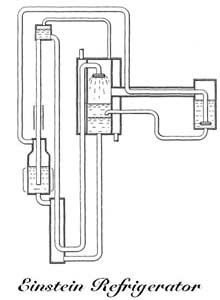Over the past two years, scientists have made a surprising discovery about our DNA. Like a book with torn pages, duplicate chapters, or upside-down paragraphs, everyone's genome is riddled with large mistakes. These "copy number variations" can include deletions, duplications, and rearrangements of stretches of DNA ranging in size from one thousand to one million base pairs. New tools to screen for such mistakes, described this month in Nature Genetics, should generate a more complete picture of the genetic root of common diseases.
"There has been a shock at the prevalence of this kind of variation and a desire to characterize it more fully and to integrate it into genome-wide studies of disease," says Matthew Hurles, a geneticist at the Wellcome Trust Sanger Institute, in Cambridge, U.K., who was not involved in either study. "Now we have the tools that will enable those discoveries."
Over the past few years, advances in gene microarray technologies, which can quickly survey large volumes of DNA, have allowed scientists to screen more human genomes than ever before, resulting in a flood of information linking specific genes to disease. Most of these studies begin by looking for single-letter changes in the DNA code, called single-nucleotide polymorphisms, or SNPs (pronounced "snips"). SNPs found more often in people with a particular disease point researchers to genetic variations that might play a role in that disease. Scientists have so far identified 200 disease-linked genes using this approach, but even large studies of thousands of patients have uncovered genetic variations that account for only a small proportion of complex diseases. In type 2 diabetes, for example, the 18 disease-linked genes that have been identified explain perhaps 5 percent of the disease's heritability.
Scientists have now adapted these microarrays to identify both small SNP changes and copy number variations, which they hope will help them identify a larger fraction of disease-causing genes. In one of the papers in Nature Genetics, David Altshuler, a physician and scientist at the Broad Institute, in Cambridge, MA, and his collaborators described the design of such a chip, in collaboration with genomics instrument maker Affymetrix, which they then used to map this kind of variation.
Altshuler's team assayed the DNA of 270 people whose genomes were already being studied as part of the
HapMap project, which is cataloguing common genetic variants. They found that most copy number variations are inherited, as SNPs are, rather than arising anew in individuals. That news is likely to be a relief to geneticists, because it means that they can survey many structural changes by employing the same high-throughput approach used to catalogue SNPs.
The Broad group and others are now using microarrays that look for copy number variations to study a variety of common diseases. "In the next couple of years, we should really start to see new insights into the disease-causing mechanisms that result from this kind of mechanism," says Hurles. In fact, two such studies have already yielded important insights, identifying rare deletions linked to autism and schizophrenia. "If we can interrogate both kinds of variation in the same patient in the same experiment, we can get an integrated understanding of how variations come together to influence disease," says Steven McCarroll, a geneticist at the Broad and lead author of the paper.
Still, some types of copy number variations may be going undetected. In a second paper published in Nature Genetics, Greg Cooper and his colleagues at the University of Washington compared data collected using microarrays sold by Illumina with a sequencing-based assay published last year. They found that the array missed a number of changes centered on so-called hot spots, where multiple duplications--a string of four or five copies of a gene--make DNA difficult to study. Cooper says that different approaches will likely be needed to study these changes.
"The more detail we can get about our genomes--each peeling of the layer of the onion--teaches us more about disease," says Altshuler. "The technology is moving in parallel, so as we move further, we can investigate each layer in detail."





